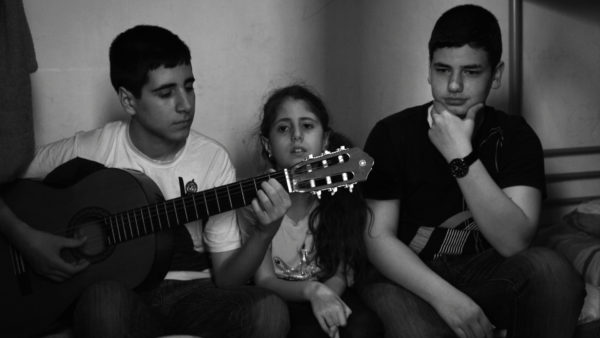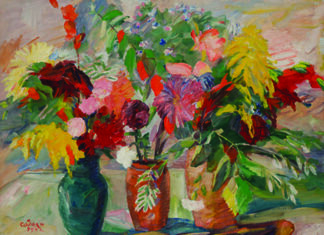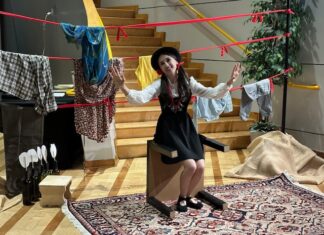By Aram Arkun
Mirror-Spectator Staff
PARIS – Filmmaker Tamara Stepanyan is a true representative of the new generation of diasporan Armenians. Born in Soviet Armenia, and speaking Eastern Armenian and Russian, she moved with her family to Beirut, Lebanon when 11 years old after the breakup of the Soviet Union. She grew up and lived there for 20 years, learning Arabic, Western Armenian, and English. Then she moved to France and learned French. Naturally her experiences shaped her worldview and films.

Stepanyan said, “I think exile takes a lot from us, but at the same time it gives a lot. It is a richness. I think I am very rich for having lived all this pain of living in exile.” She left her grandparents, school and friends in Armenia to adapt to a very different environment. She went to an Armenian school called the Yeghishe Manougian College, in Dbayyeh (Metn district) to the east of Beirut.
In the beginning, it was quite difficult. Aside from the issue of languages, she said, “All my friends were asking, are you Tashnag [adherent of the Armenian Revolutionary Federation]? Are you Hnchag [adherent of the Social Democratic Hnchagian Party]? I said, what the hell is that? I am just Armenian. They asked me, are you Homenetmen or Homenmen [Armenian sport associations affiliated respectively with the two aforementioned political parties]? I answered, I don’t know. They said, oh, you are Homenmen then; you are a traitor…I remember I went home crying.”
It was not all bad. She said, “There were also nice kids who were supportive and helpful…This kind of openness to other cultures, religion, race made me somebody who I am. I gained a lot. My trips, my searching [for] homes, because something that is important for me is to establish home where I am. I realize that I was 11-years-old when I lost my home. Since then, I am searching for a new one. I guess I can say I found it here.”












